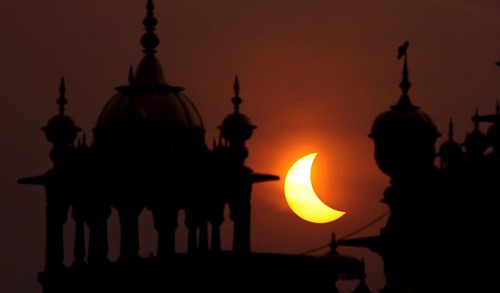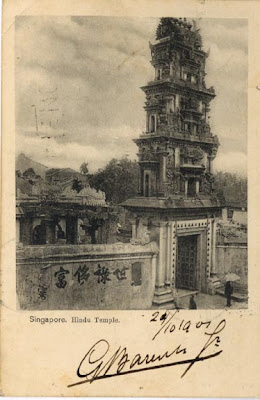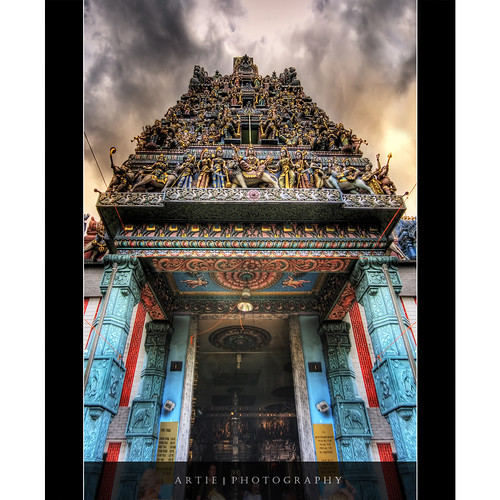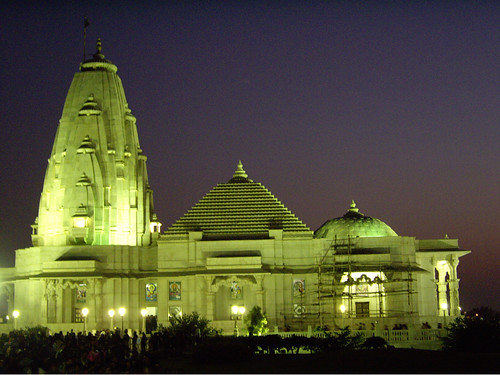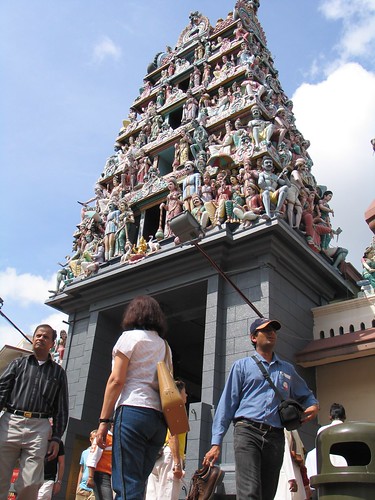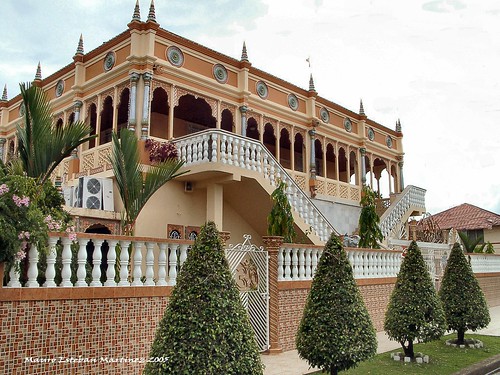
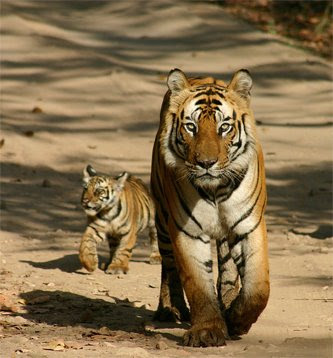

There are 37 tiger reserves in India. But two of the tiger reserves, Panna in MP and Sariska in Rajasthan have visibly no tigers now. There is no reliable information available on the number of tigers in seven other tiger reserves. These seven tiger reserves also will go into the list of tiger reserves without tigers if immediate steps are not taken. This information came out at the All India Meet for Tiger Reserve Directors in Sariska.
Speaking at an interactive session on the fate of Indian Royal Bengal tiger, Indian Minister of State for Environment and Forests Jairam Ramesh asserted on July 28 that innumerable instances of poaching of wild animals, particularly the majestic striped felines like the tiger, pose a serious threat to India’s entire ecosystem. He said instead of trans-locating the tigers, poaching needs to be curbed.
"Between the years 2002 to 2004 around 23 tigers were poached in Sariska National Park. At present we have trans-located three tigers from Ranthambhore. But trans-location is not the solution. We have to fight against poaching. Today poaching is the biggest threat," Jairam Ramesh said.
National Tiger Conservation Authority (NTCA) Member Secretary Rajesh Gopal admitted that one of the tiger reserves, Indravati in Chhattisgarh, where “tiger protection efforts in the past 20 years have failed”, should be denotified.
The other tiger reserves facing the extinction of tigers are Simlipal in Orissa, Palamau in Jharkhand, Manas in Assam, Namdapha in Arunachal Pradesh, Dampa in Mizoram, Buxa in West Bengal and Valmiki in Bihar.
The Royal Bengal tiger (scientific nomenclature: Panthera tigris tigris or Panthera tigris bengalensis), is the most populous subspecies of tiger mainly found in India and Bangladesh, in addition to parts of Nepal, Bhutan and Myanmar.
There were 40,000 tigers in India at the beginning of the last century. In 2006, when the last tiger count was made, about 1411 wild tigers were reported by the Government of India's National Tiger Conservation Authority. Since then about 100 tigers have died because of poaching, natural reasons and man-animal conflicts.
In the last few months not even one of the 12 tigers believed to be in Buxa in Jaipalguri district (West Bengal) was spotted.
Manas had 40 tigers in 2006 but the tiger population is dwindling due to deforestation and poaching. Four tiger deaths were reported in 2009 from Manas.
Valmiki in Bihar had 10 tigers in 2006. This year poachers from Nepal have been very active in the reserve that has seen very poor conservation efforts.
Simlipal in Orissa had 40 tigers in 2006, but in 2008-09 it was reduced to two tigers per 100 sq km from the ideal two tigers per 10 sq km; poachers have been caught on camera killing prey.
Indravati in Chhattisgarh has made no estimate of tiger population in the last nine years. In 2000, the reserve had 100 tigers. But now doubts are being expressed about possible killing of a substantial numbers of tigers by Naxalites to raise funds.
Palamau in Jharkhand had no census of tigers in 2006. Poaching is rampant in the vicinity of the tiger reserve.
Namdapha in Arunachal Pradesh had 12 tigers in 2006, but no tiger was spotted in the past 12 months.
The above is part of the impressive statistics presented at the All India Meet for Tiger Reserve Directors. There are reports about India facing difficulties in controlling illicit trade in tiger organs, tiger bones, tiger skin and products and this has been brought to the notice of CITES (Convention on International Trade in Endangered Species of Wild Fauna and Flora) time and again, according to reports.
India is the home to about 50% of the world's tiger population. The Bengal tiger is the second largest subspecies after the Siberian tiger. The tiger species Panthera tigris is the national animal of India. The tiger subspecies Panthera tigris tigris is the national animal of Bangladesh.

